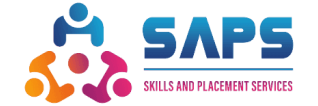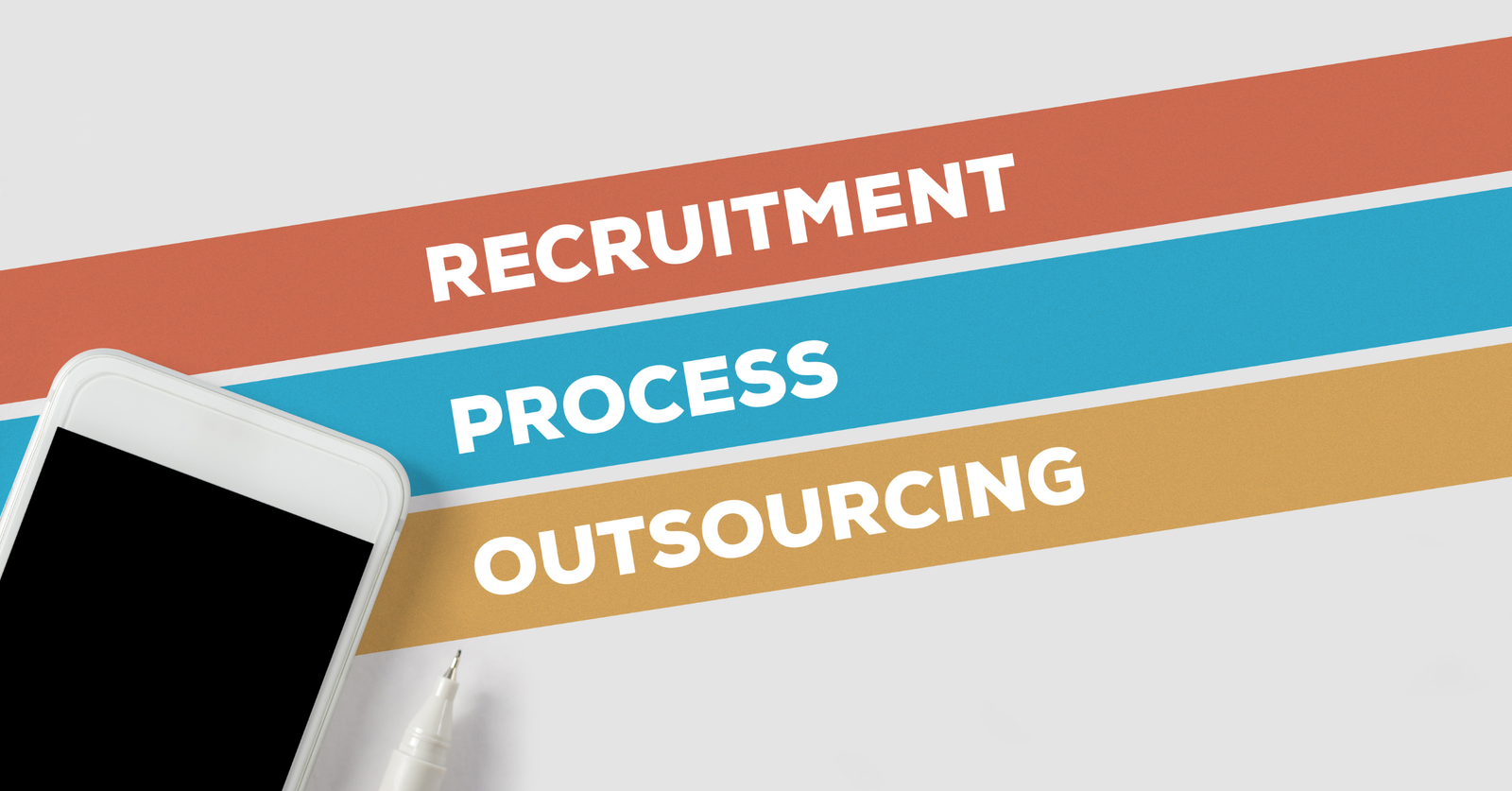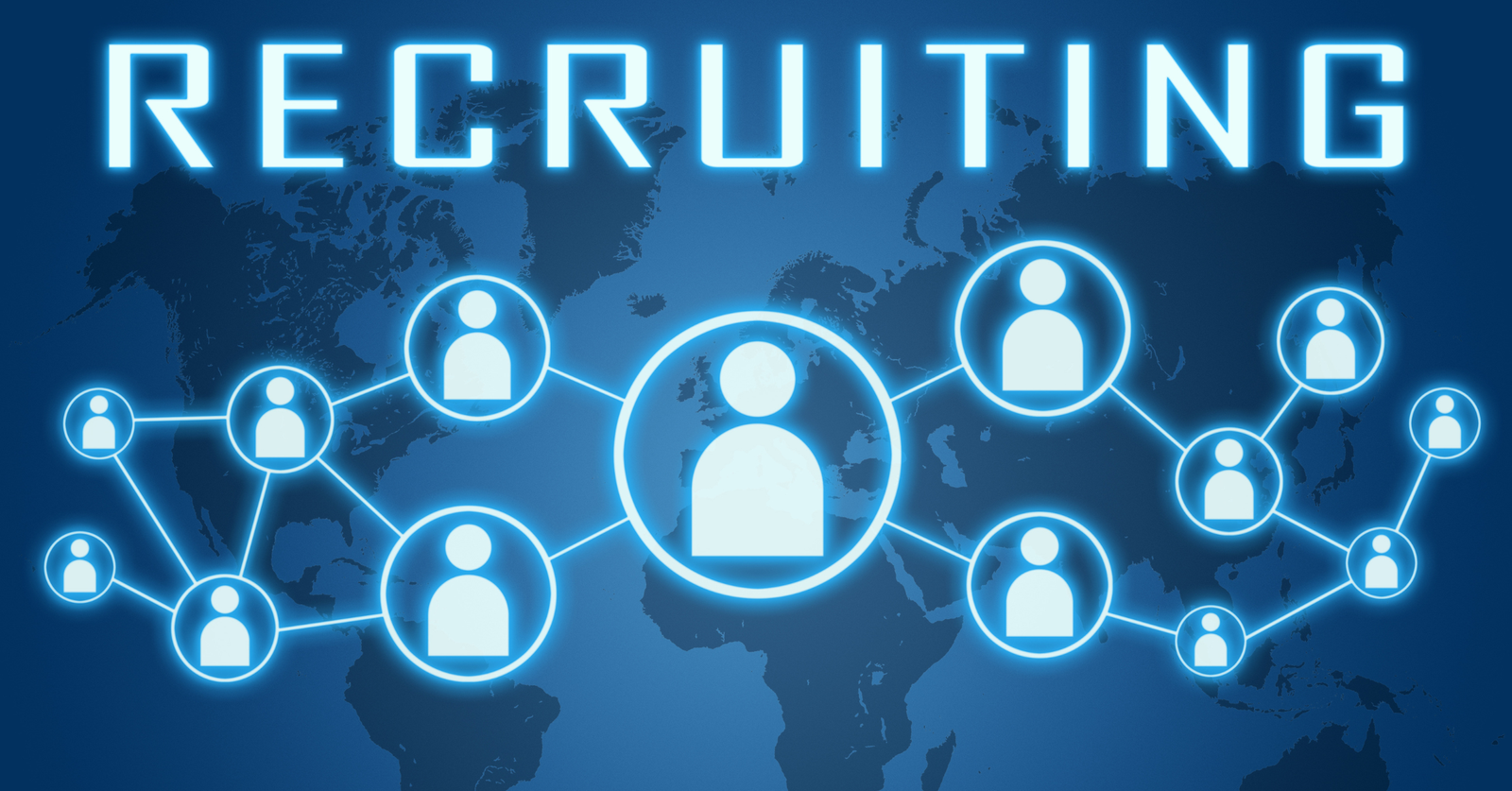In the fast-paced world of 2025, the heart of any successful organization is its people, and the pulse that keeps it all synchronized is the Human Resources department. But what truly slows HR teams down? It’s not just one thing. It’s the constant juggle: sorting through hundreds of resumes, the endless back-and-forth of interview scheduling, or the tedious task of ensuring every piece of compliance paperwork is in place. One day, HR is focused on filling dozens of open roles, the next they’re chasing approvals, and the next they’re answering the same candidate questions repeatedly. This constant state of reaction prevents them from becoming the strategic, proactive function they need to be.
Fortunately, modern digital tools have revolutionized this workflow. Technology doesn’t replace human expertise; it amplifies it. Teams that embrace the right platforms move faster, make fewer mistakes, and create seamless experiences that both candidates and employees notice and appreciate. The future of HR belongs to those who combine strategic insight with operational efficiency, allowing them to focus on building the genuine connections that truly drive a company forward.
8 Key Digital Tools Revolutionizing Recruitment & HR Operations
- Applicant Tracking Systems (ATS) An ATS is no longer a luxury—it’s an essential engine for medium to large organizations. It centralizes and automates the entire recruitment process, from job posting to offer letter. Instead of recruiters chasing managers with endless email threads, everything lives on a single, intuitive dashboard. This includes interview schedules, feedback forms, and approval workflows. Modern ATS platforms also provide powerful analytics, offering insights into which recruitment channels deliver the best candidates or how long specific roles take to fill. This data-driven approach allows HR teams to continuously refine their strategies rather than simply reacting to hiring needs.
- AI-Powered Recruitment Tools Manually screening resumes is an exhaustive, time-consuming task. AI tools have completely changed this by scanning CVs, matching skills to job requirements, and highlighting top candidates with incredible speed and accuracy. Some even uncover passive talent pools that recruiters might otherwise miss. The biggest advantage? Recruiters reclaim valuable time, allowing them to focus on meaningful conversations and relationship-building rather than data entry and sorting. AI tools can also assist in drafting personalized job descriptions and outreach messages, making candidates feel seen and valued at scale. These platforms also offer predictive benefits, such as monitoring labor market trends, suggesting talent pools for upcoming projects, and highlighting candidates whose experience aligns with multiple open roles.
- HR Management Systems (HRMS) An HRMS acts as the central nervous system for all HR functions. It consolidates scattered processes like payroll, leave management, compliance, and employee records into a single, cohesive platform. This consolidation reduces errors, accelerates reporting, and simplifies audits. Critically, an HRMS empowers employees with self-service capabilities. They can check their leave balances, download payslips, or update personal information without needing to contact HR. Managers, meanwhile, get a real-time dashboard tracking key metrics like turnover, overtime, and performance. Some advanced HRMS platforms even provide actionable recommendations, such as suggesting learning programs for employees or highlighting teams that may need additional support, transforming HR from a reactive administrative function to a strategic business partner.
- Video Interviewing Platforms In today’s globalized talent market, hiring extends far beyond local borders. Video interviewing platforms allow HR teams to connect with candidates anywhere in the world, breaking down geographical barriers and enabling access to a much wider talent pool. These tools make it easy to quickly conduct interviews with candidates from different cities and countries, helping organizations hire more talented people regardless of logistical constraints. Furthermore, many platforms offer the ability to record interviews and share them with hiring managers for review, improving decision-making and ensuring consistency across the hiring process.
- Skills Assessment and Gamification A resume shows a candidate’s experience, but a skills assessment reveals their true capabilities. These platforms go beyond traditional interviews by using quizzes, case simulations, and gamified challenges to evaluate a candidate’s actual ability. Gamification, in particular, improves candidate engagement, making the process more enjoyable and providing a more authentic glimpse into a candidate’s problem-solving skills and work style. Simulations mimic real-world job scenarios, offering a more accurate prediction of a candidate’s on-the-job performance compared to a standard interview.
- Employee Onboarding and Engagement Platforms The first few weeks on the job are critical. Onboarding platforms streamline this experience by guiding new hires through everything from policy review to team introductions. Some platforms even automatically connect new hires with a mentor, ensuring they feel supported from day one. In parallel, engagement tools continuously track employee sentiment through pulse surveys, collect anonymous feedback, and run recognition programs. This allows HR to measure morale in real-time rather than with a single annual survey. These platforms help HR teams combine process efficiency with genuine human connection, making new staff feel valued and significantly increasing retention.
- Workforce Analytics and Predictive HR In the modern enterprise, data is the most powerful tool. Workforce analytics platforms analyze performance, behavior, and historical trends to provide powerful insights and even forecast future outcomes. For example, analytics may reveal that top performers in a specific department tend to leave after two years. Armed with this knowledge, HR can proactively adjust career pathing or recognition programs to retain key talent. This shift from reactive to preventive HR transforms the function from simply solving problems to strategically anticipating and avoiding them.
- AI-Powered Writing Assistants Clear and concise communication is the backbone of any organization, from job postings to performance reviews. AI writing assistants streamline this process by generating drafts that HR can easily refine, saving countless hours. Furthermore, tools that can summarize long documents are invaluable. For instance, an online summarizer can instantly distill a 15-page compliance report into its core points, allowing busy recruiters and managers to digest key information faster and reduce the risk of critical errors.
What are the Benefits of Digital HR Tools?
- Faster Hiring Cycles: The combination of ATS for quick candidate shortlisting, video platforms for instant interviews, and skills assessments for early validation dramatically shrinks the time it takes to fill a role.
- Cost Efficiency: Automation reduces the need for manual data entry, decreases paper use, and minimizes compliance errors. This allows HR teams to handle higher recruitment volumes without needing to increase staff, providing a significant return on investment.
- Improved Candidate Experience: A seamless process with automated updates, video interviews, and personalized communication leaves a positive, professional impression on every candidate, even those who aren’t hired.
- Data-Backed Decisions: HR decisions are no longer based on instinct or guesswork. Workforce analytics provide measurable facts on everything from turnover to absenteeism, allowing teams to make strategic, data-driven decisions that benefit the entire organization.
- Reduced Bias: Digital tools help level the playing field. Structured interviews, standardized assessments, and AI-supported shortlisting remove human bias, ensuring decisions are based on objective performance metrics rather than subjective preferences.
Conclusion
Digital innovation has completely reshaped the landscape of recruitment and HR. What once took weeks can now be accomplished in days. The human side of HR is not being replaced; it’s being amplified. Recruiters still build essential relationships, and managers still coach their staff. But with the support of applicant tracking systems, predictive analytics, onboarding platforms, and AI-powered writing assistants, they operate with greater speed, precision, and insight. These tools empower HR professionals to step out of the administrative weeds and take their rightful place as strategic leaders focused on a company’s most valuable asset—its people.





